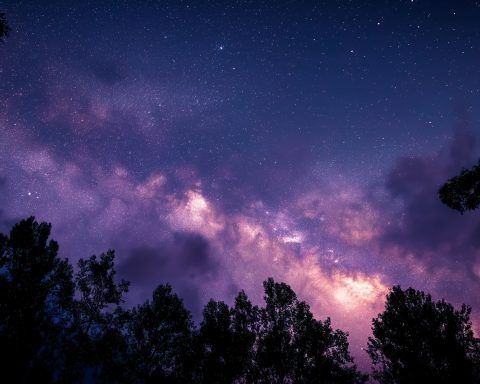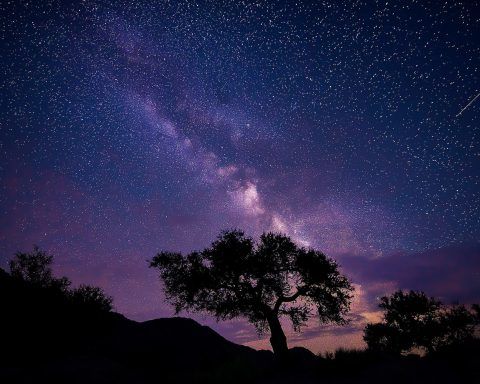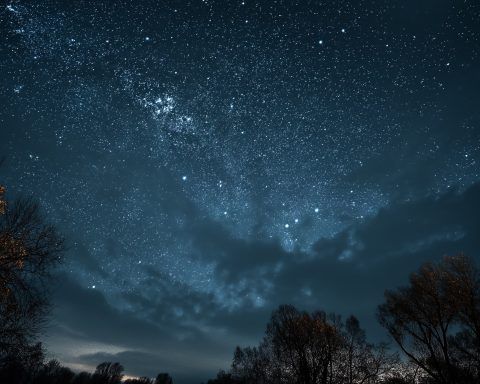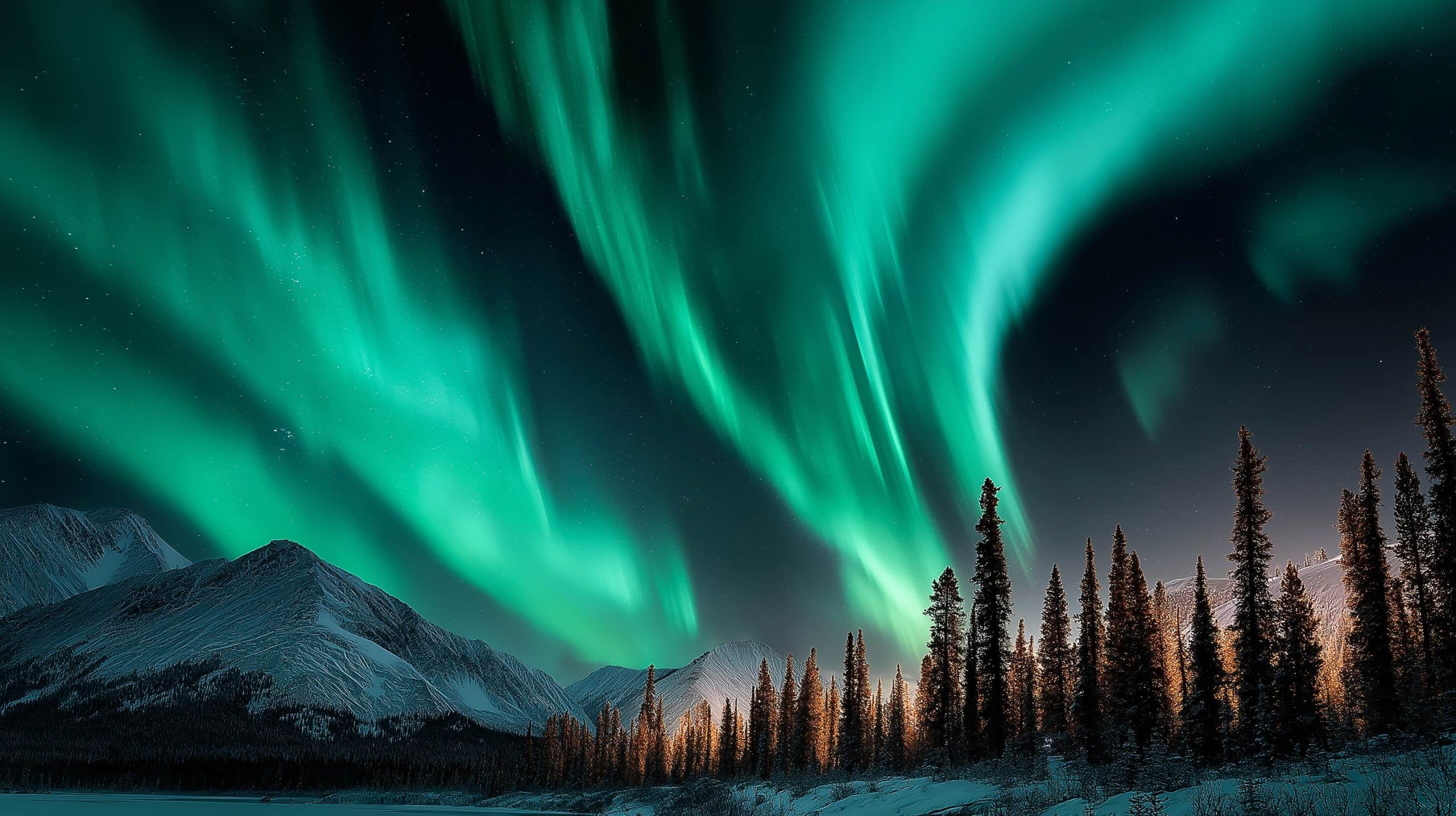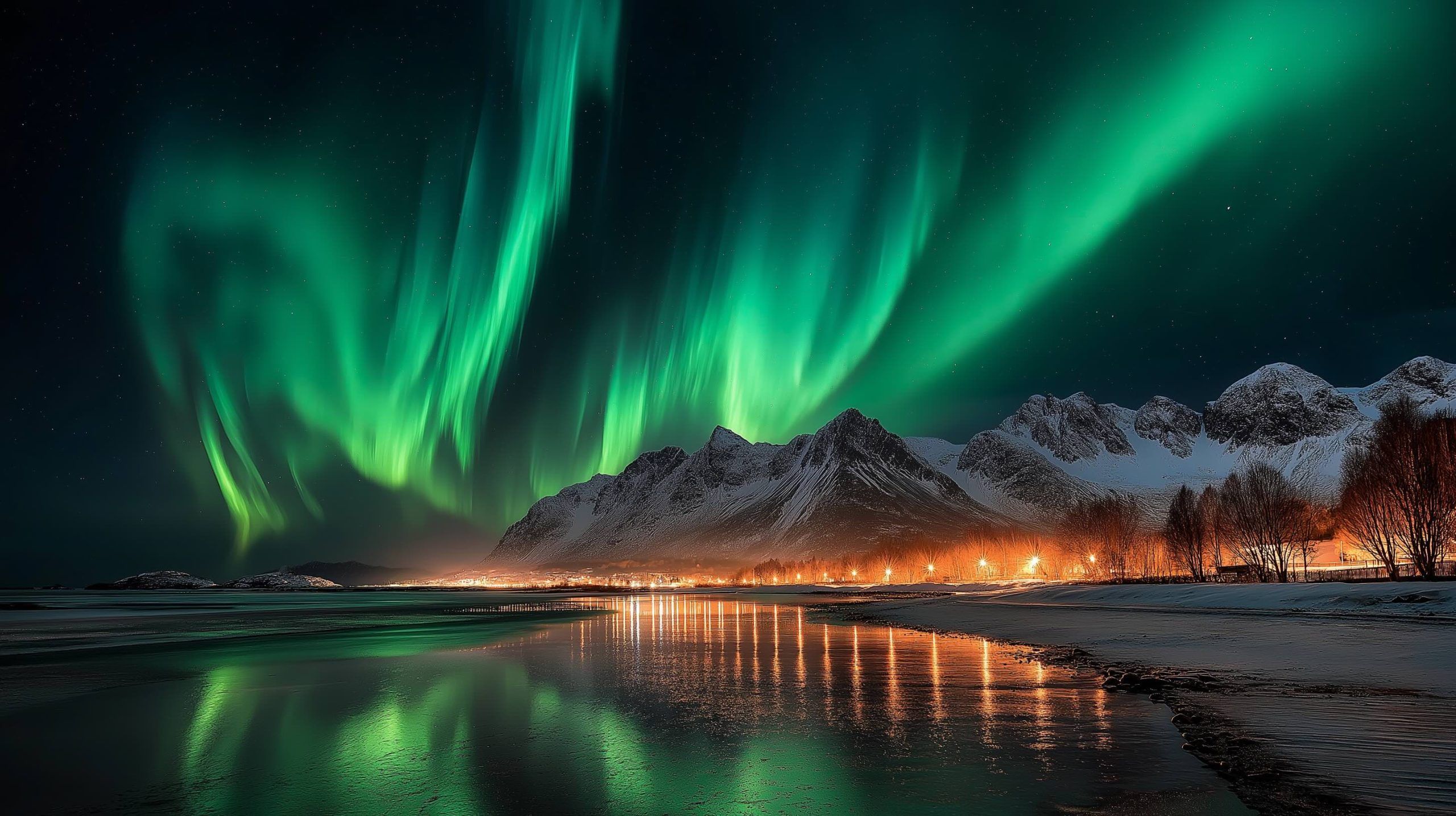
Skywatch Alert: Meteors, Auroras & ISS Sighting to Light Up Oct 1–2, 2025
Key Facts Meteor Showers & Comets Early October brings two modest meteor showers. The Orionids, active Sept 26–Nov 7, begin in earnest on Oct 2 amsmeteors.org starwalk.space. NASA notes the Orionids arise from “debris trailing behind Halley’s Comet” and typically

